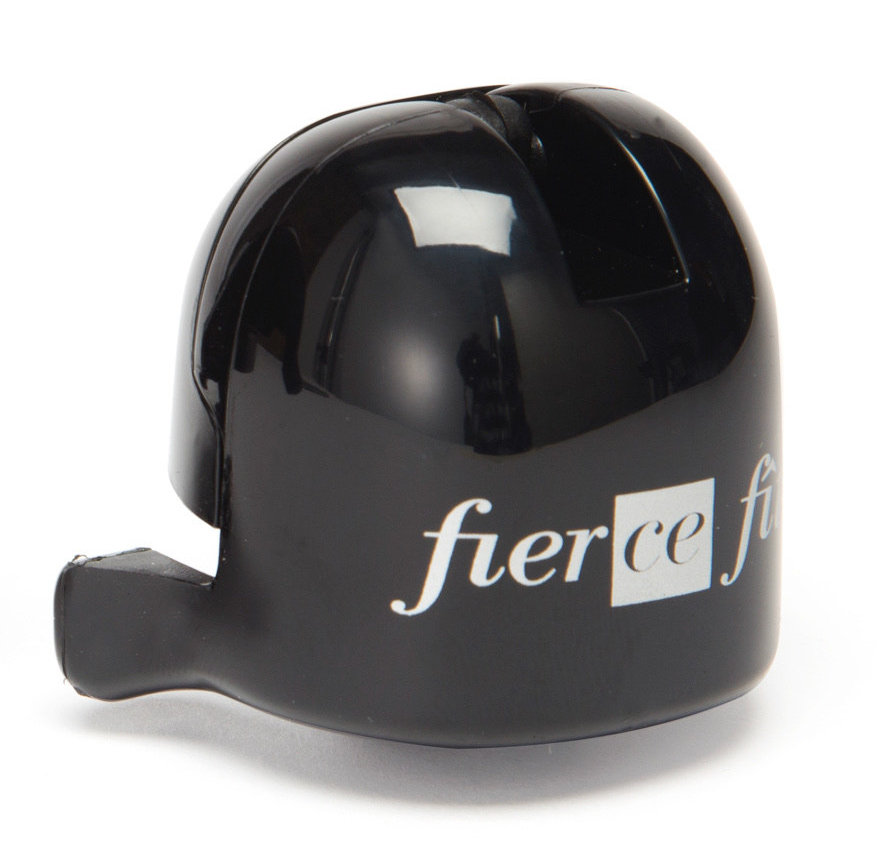The chalk in Champagne
Its majesty the chalk!
The personality of Champagne, in terms of characteristics and quality, is due to the fact that terroir exerts its influence in natural conditions found only in Champagne.
That is why there is the saying: It is not Champagne if it is not from Champagne.
If Champagne benefits from a unique terroir in the world, it is mainly thanks to 3 elements:
- Climate
- Relief
- Soil and subsoil
which create a specific combination, a mosaic of micro-terroirs with unique characteristics.
We've already had a chance to talk about the first 2 elements in a previous blog... and here's the third:
Soil and Subsoil
Geology influences the production of grapes but most of all the quality of wines.
The essential characteristic of Champagne vineyards is to be located in soils mainly made of limestone, which make up the eastern part of Bassin Parisien.
The Bassin Parisien is an ancient depression of the secondary and tertiary era, once occupied by shallow seas and lakes.
The history of gypsum (craie) in Champagne dates back to the period between the Jurassic (200 to 100 million years ago), when the sea covered the entire region, and the Cretaceous.
An impressive array of marine fossils was formed during these geological periods.
Chalk, "craie", clay in Latin, is a sedimentary rock of marine origin formed by an accumulation of shells and calcareous microorganisms in a shallow sea (50 to 100 m), where sea urchins, oysters and belemnites (fossilized squid-like cephalopods) lived. It gave its name to this geological period, the Cretaceous (60 to 80 million years).
When the sea receded, this chalky mud solidified to form gypsum, the main component of the subsoil and thus the terroir of Champagne.
We often talk about how the Champagne terroir is unique in the world.
Chalk is its main element and gives wine its inimitable mineral qualities and much more.
FUNCTIONS OF CHALK
- High porosity: water reserve 250-300L/M3 and draining properties
Composed of calcite granules coming from the skeletons of marine microorganisms (coccoliths), gypsum, pure limestone, retains water, constituting a real reservoir.
In addition, thanks to its draining properties, it avoids excess humidity during periods of heavy rain, and evacuates the water in the depths of the soil.
- Alkalinity-nutrition
During periods of drought, water is slowly distributed to the vines, favoring the creation of aromas.
How does this happen?
The gypsum retains water by capillary action. In order to recover the water, the vine has to make an effort which causes moderate water stress during the growing season and promotes the balance of different fruit acids, sugar and aroma precursors which will later be revealed in Champagne.
- Thermal regulator - constant temperature
In the Côte des Blancs, the chalk is on the surface and has the power to reflect the sun's rays onto the vine, aiding its vegetative process. Moreover, it stores the sun's heat during the day, giving it back during the night and thus reducing the thermal differences between day and night, keeping temperatures more constant.
- Cellars
Finally, chalk is the guardian of Champagne aging. In fact, it allows the digging of deep underground tunnels, the cellars, where the precious nectar matures away from light and without undergoing temperature variations.
Chalk is found all over the world, but in other places it is found in a different natural environment and the wines produced cannot be the same as the ones in Champagne where all the favorable conditions are found together!
Moreover, this is what justifies the adage:
It is not Champagne if it is not from Champagne!
Go check out our boutique to discover all the treasures of Champagne!

 My bag
My bag
 The Boutique
The Boutique
 Login
Login


